Yoga tour to the places of Shakyamuni Buddha. What, why and where?

Since we live in an age of abundant information, when, on the one hand, all taboos are available, and on the other hand, there are so many versions answering the same question that sometimes they contradict each other, it is very important, when studying one or another topic, to follow a balanced consideration of the question.
Yoga is no exception in this respect. Once it was a sacred teaching of spiritual development, which was transmitted only verbally from teacher to student and only to those people who, at least, were able to understand the essence, and at most, after mastering the practices, not just safe for the surrounding society, but to a greater or lesser extent useful.
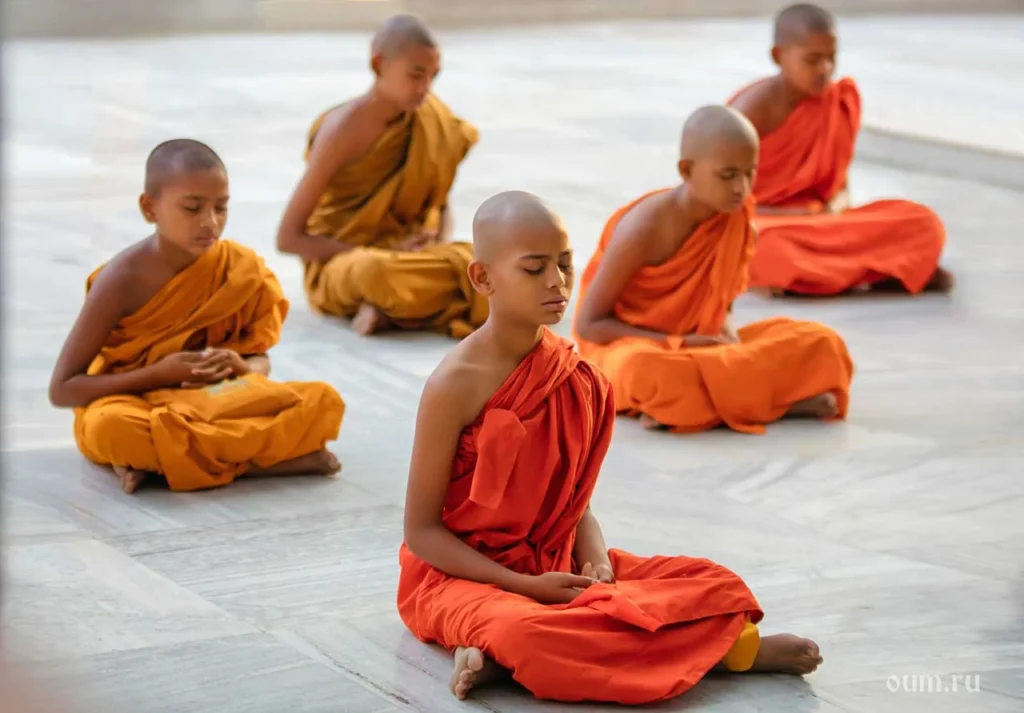
Today the situation is different. A certain layer of knowledge about yoga is open for general use, regardless of who intends to apply this knowledge and how. People in the West who have gained access to the various “side effects” of yoga (physical health, healing of diseases, stress relief, etc.) sometimes try to package them in original ways to present to the audience, for the purpose of trivial commerce.
In this regard, the Internet has an incredible amount of information, on the one hand, seemingly about yoga, on the other hand, sometimes having only a secondary relation to the origins. However, it is also true that without expanding one’s horizons, but sticking to one single concept (at least at the beginning of the path), you can fall prey to religiosity and ritualism, lose the essence, excluding the possibility to observe a specific, complementary relationship, scattered across different confessions and philosophical institutions, which help, in the end, to make a picture of the whole more complete.
That is why yoga today should be studied in a complex way, showing common sense, i.e. to listen attentively to the opinion of authoritative teachers, checking it in primary sources, trying the remaining “squeeze” in practice in order to make your own personal, unbiased conclusions. That was the purpose of this year’s (2018) yoga tour to the places of Shakyamuni Buddha. Here we had the opportunity to listen informative lectures of experienced teachers, see everything by ourselves, as well as to practice in places of power, since a drop of practice replaces an ocean of theory.
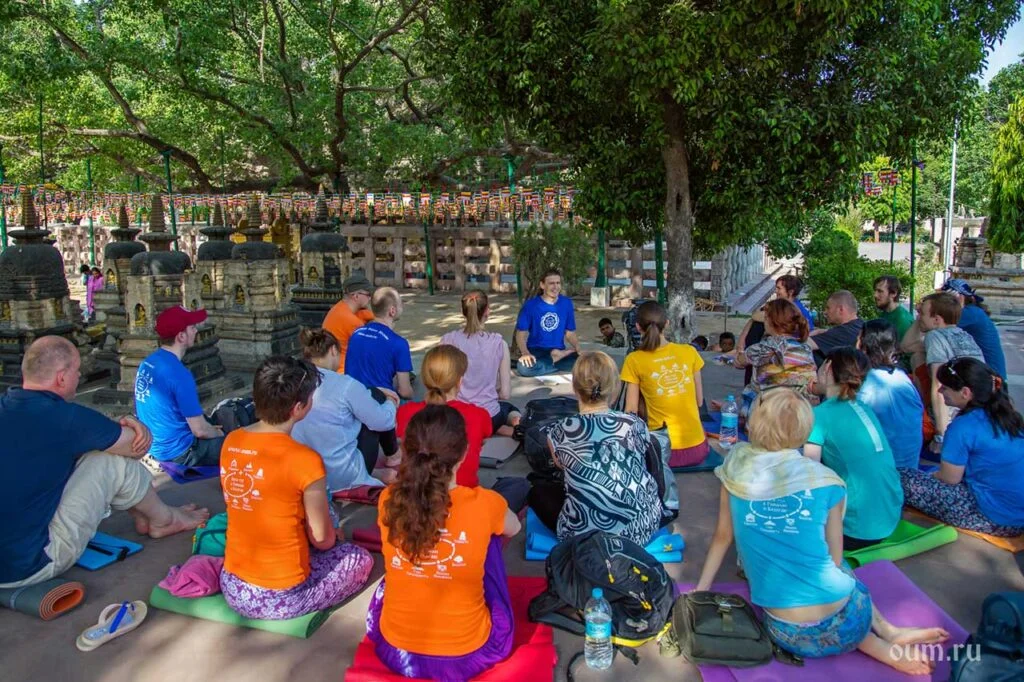
Beginning yogis often wonder how Shakyamuni Buddha and his teachings, which later became a religion, are related to yoga. Because yoga is a tool of self-development, leading to liberation, but not a religion at all.
The fact is that the historical Shakyamuni Buddha, who lived about 2500 years ago, was none other than a spiritual practitioner or yogi who reached the highest point of realization, enlightenment, and who subsequently shared his teachings with all interested people. Siddhartha Gautama (the original name of Shakyamuni Buddha) was a prince, the son of Shuddhodana Gautama, king of Kapilavastu (a kingdom located 25 kilometers from Lumbini). At the age of 29, the prince, who lived in endless luxury, pleasure and enjoyment, decided to leave family life and the hereditary throne. At night, secretly from his family and friends, he left the castle in search of the truth that would help people get rid of suffering, old age, sickness and death.
Seeing the sage immersed in meditation, the prince realized that the only way to understand the causes of suffering and the way to get rid of them was the way of self-deepening, self-knowledge and inner search. Gautama, a wandering spiritual searcher, spent six years studying inner practices with various famous teachers of the time, but not satisfied with the results, he joined a group of five ascetics who subjected themselves to the most severe challenges.
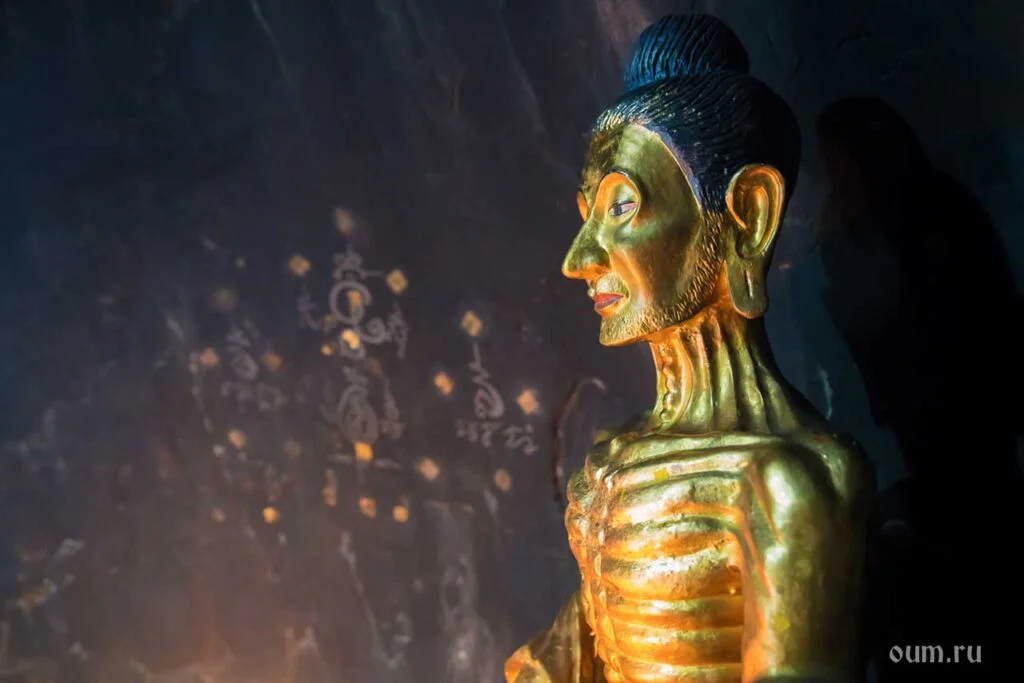
Having brought his body to an extreme state and realizing that even the path of mortification of the flesh would not give him answers to his questions, Gautama immersed himself for 7 weeks in deep meditation and on the 49th day found enlightenment: “In the first night I directed my concentrated mind to the knowledge of previous lives. Gradually, the experience of many past births, which lasted for many cycles of the universe’s existence, unfolded in front of my inner vision. Then, with clear vision, I perceived beings disappearing from one state of existence and appearing in another birth. In the middle of the night, I was able to see how other beings die and are reborn again according to their karma. In the last watch of the night, I penetrated the deepest truths of existence, the fundamental laws of reality, and thus destroyed the thin layer of darkness in my mind.”
“Yoga chitta vritti nirodha” reads one of the fundamental sutras of the most authoritative treatise on yoga, Patanjali’s Yoga Sutras (which apparently had not yet been put down on paper at that time, but whose truths were presumed to exist verbally among spiritual seekers). The meaning of this sutra translates as “Yoga is the calming of the fluctuations of the mind.” Having achieved this goal in meditation, Gautama attained Enlightenment on the spring full moon day of Vaishakkha (April-May) 528 BCE, after which he came to be called Shakyamuni Buddha (which translates as awakened) (the sage of the Shakya lineage; muni – sage, Shakya – Buddha lineage).
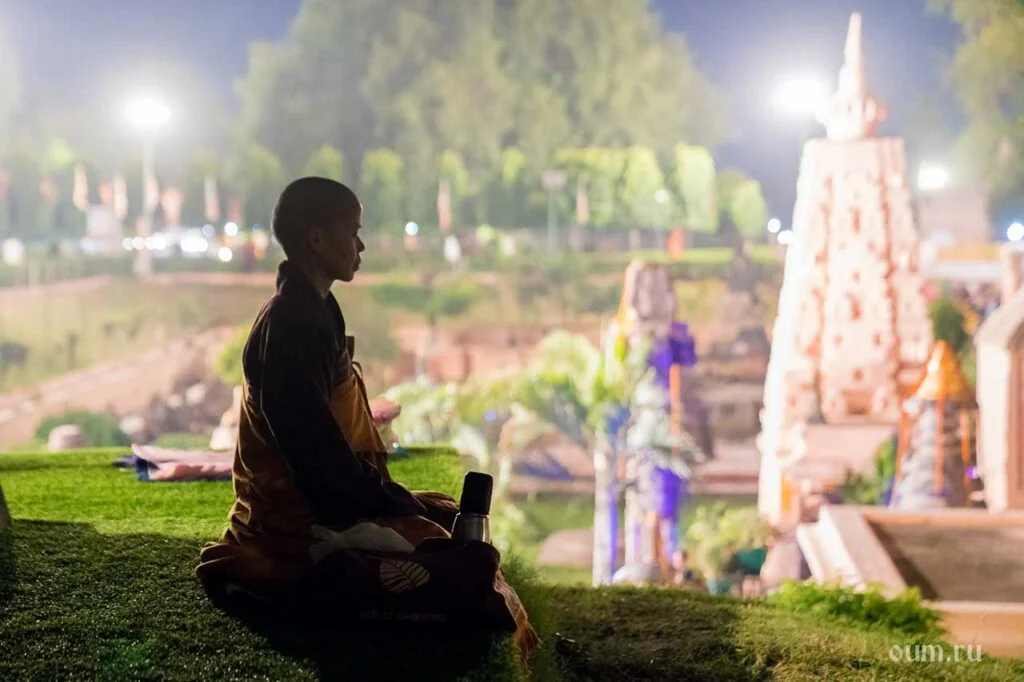
Having traced the path of the historical Shakyamuni Buddha, we realize that he was a spiritual seeker, a yogi and later a teacher, who progressed on the path of inner search, practicing the highest stages of yoga – Pratyahara (control over the senses), Dharana (concentration on an object), Dhyana (meditation), Samadhi (contemplation and creation of absolute wisdom). In addition, the sutras describe how the ascetic Gautama used in his practices the Nama-mudra known in yoga, and performed breathing exercises, Pranayamas, slowing down and stopping inhalations, exhalations through the nose, mouth, and ears.
In sharing his experience later, the Shakya sage said the following about his teaching: “It is not a dogma or a doctrine, but some people will certainly take it in that light. I must clearly state that my teaching is a method of comprehending reality […] it is a way of practice, not an object of worship” (Tik Nhat Hanh. p. 132).
Today, in an effort to achieve the same greatness, modern yogis, Buddhists, monks or lay people follow the great Guru’s instructions, practicing the techniques and teachings he left behind. During the yoga tour we visited the key places that the Buddha recommended to visit: Lumbini (birthplace), Sarnath (place of the first sermon), Bodhgaya (place of enlightenment) and Kushinagar (place of passing away). as well as other places related to his life: Mahakala Cave (place of asceticism), Mount Gridhrakuta (transmission of the second fundamental teaching) and Vaishali (transmission of the third teaching).
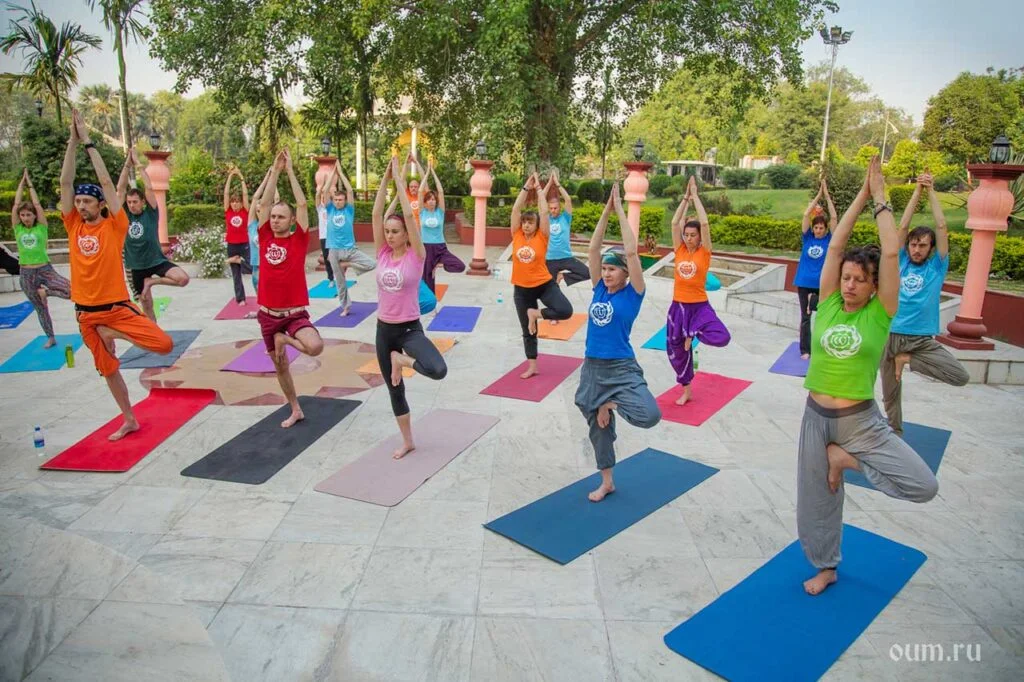
Here we were able to practice various yoga techniques, from asana complexes to loosen the body, to concentration on the breath (Apanasati/Anapanasati) or the mantra Om. In contrast to the noisy, densely populated, constantly moving cities of India and Nepal, here, near the majestic stupas, temple complexes and parks, we experienced a different, calm and deep pace of the world around us. Practices in these blessed places gave us an opportunity to feel the special energy connected with the spiritual experience of the great Guru. Meditations turned out to be longer and deeper.
It is believed that these places, imbued with peace and tranquility, help practitioners to realize their own Path on which they have been traveling, perhaps for far more than a first life.

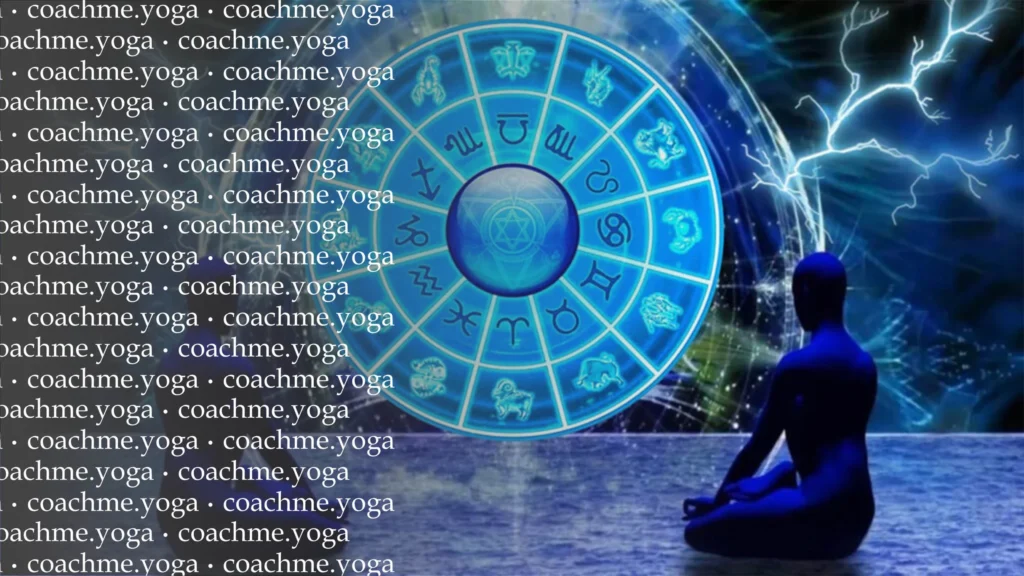
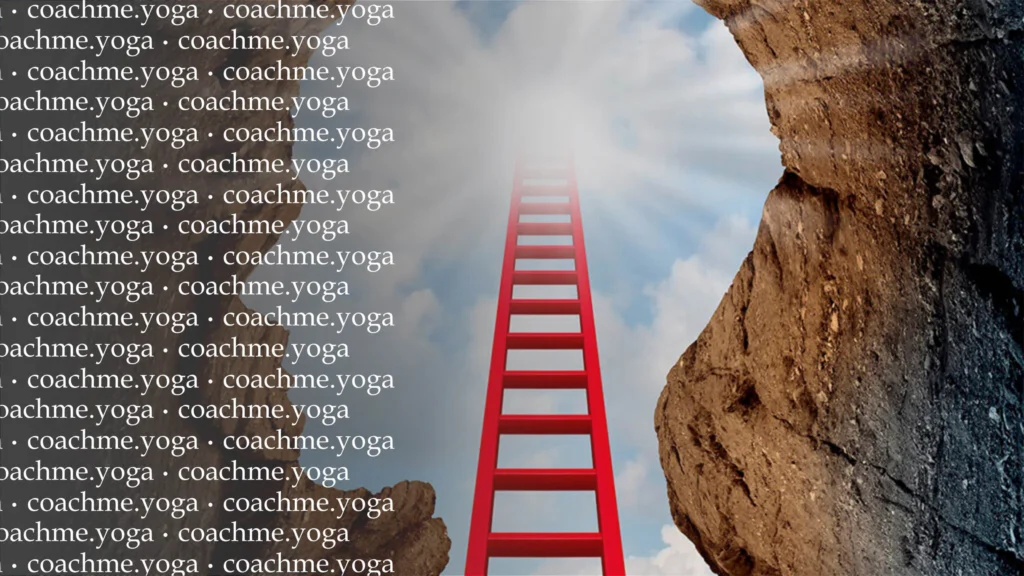
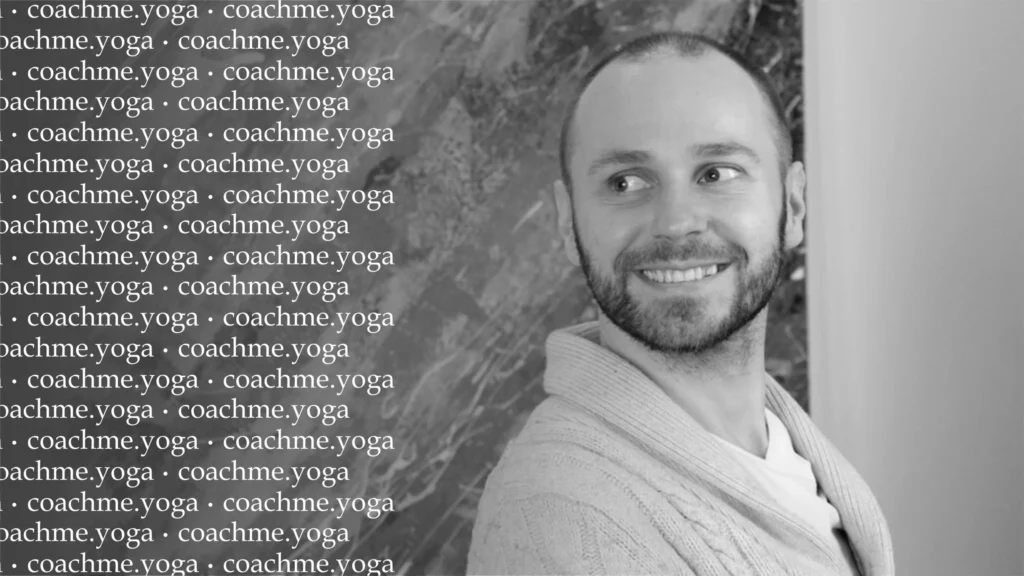
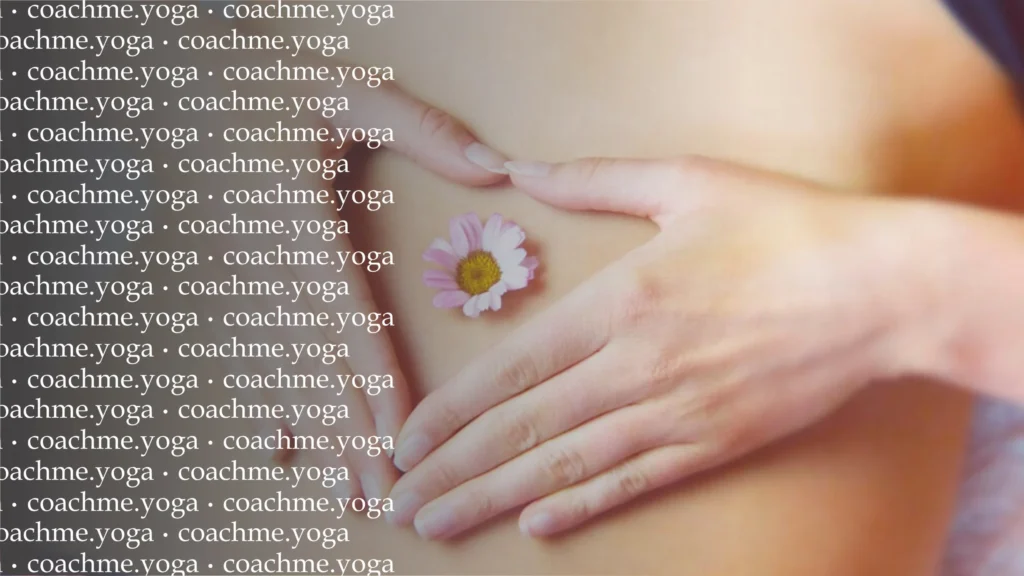
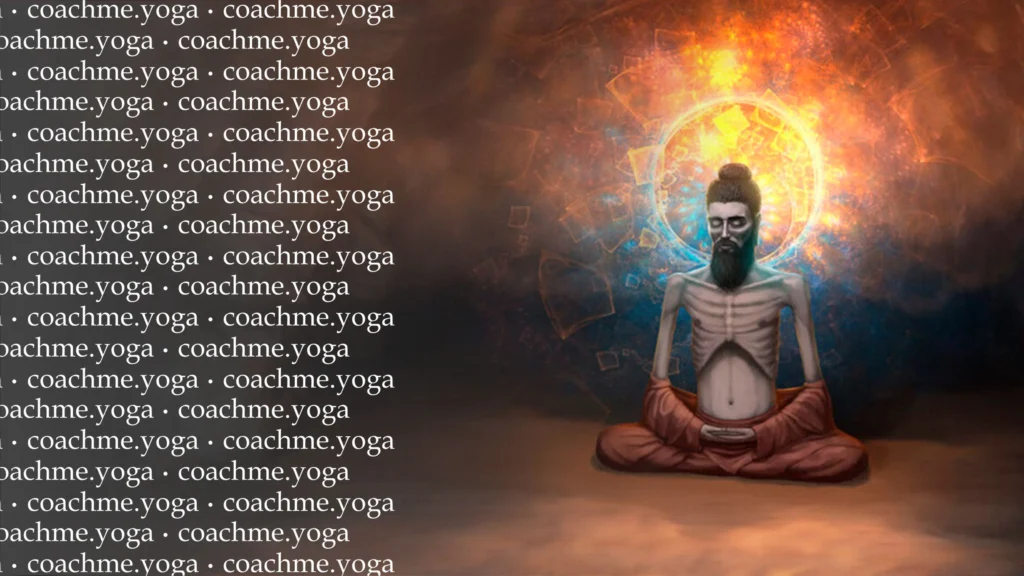
Responses